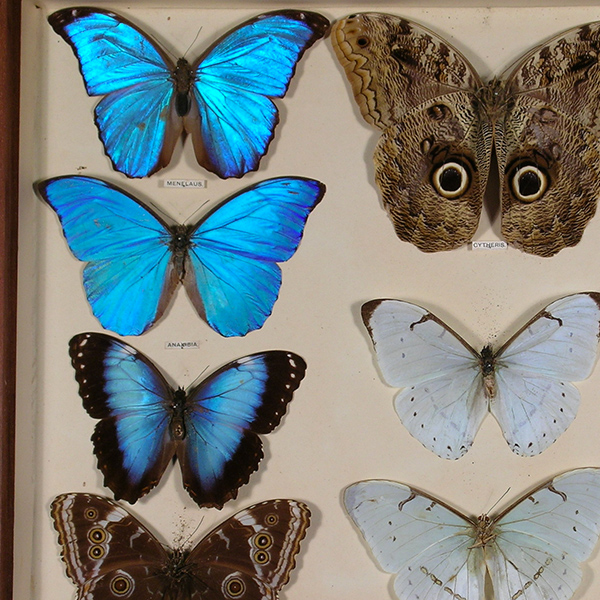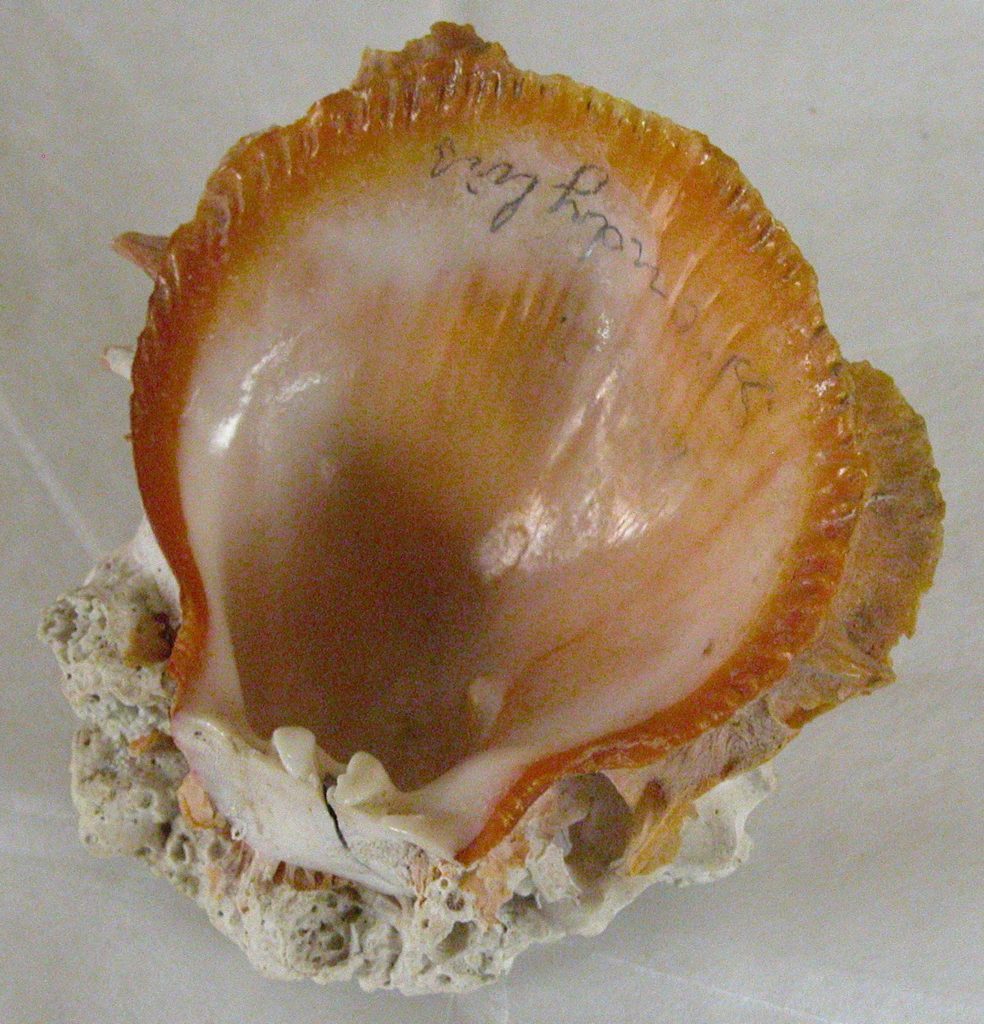
Atlantic thorny oyster
Reference: CANCM:2010.37
Can be found: Colour and Camouflage
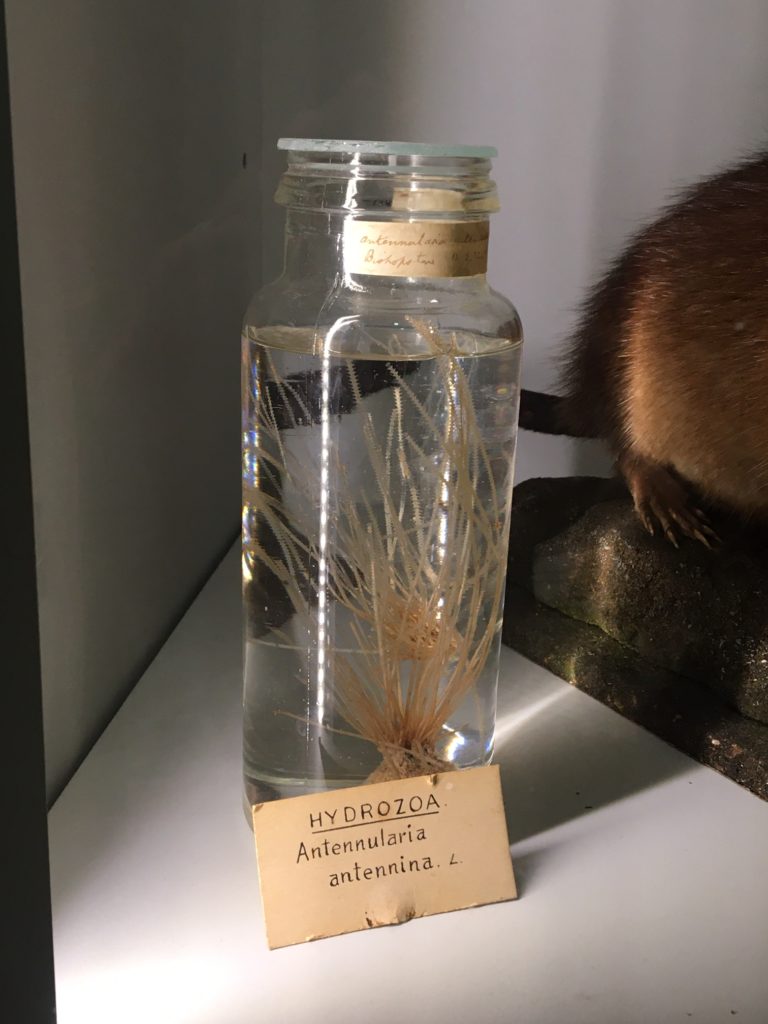
Hydrozoa – antennularia antennina
Hydrozoa, or hydroids, are an invertebrate, with about 3,700 known species. Most hydroids live in salt water environments, but some have moved into freshwater habitats. They can either live separately or live in colonies.
Reference: KENTM:H279.1
Can be found: Colour and Camouflage
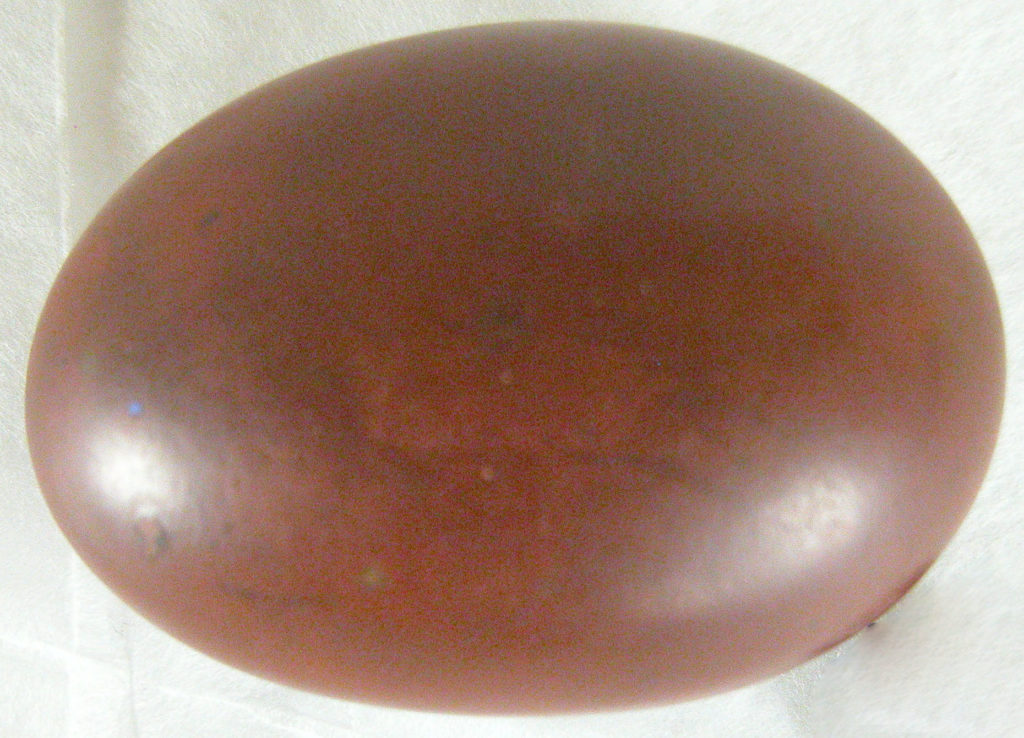
Jasper
This smooth red pebble is a variety of quartz.
Reference: 2009.399
Can be found: Colour and Camouflage
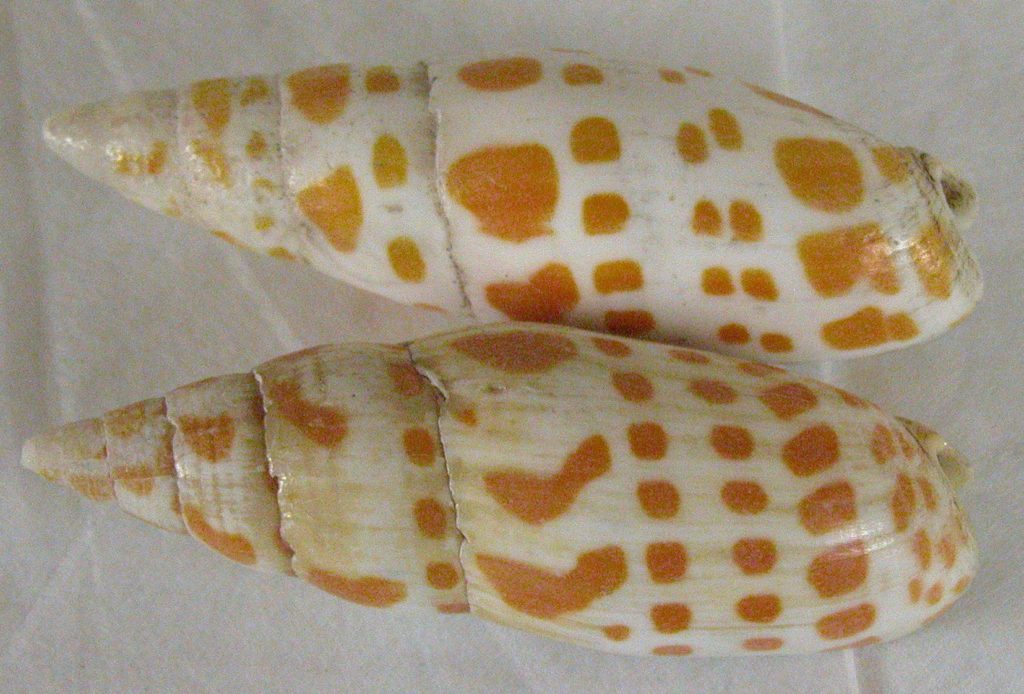
Mitra episcopalis
Mitra mitra, common name the Episcopal miter, is a species of large predatory sea snail, a marine gastropod mollusk in the family Mitridae, the miters.
Reference: CANCM:L 361 and L360
Can be found: Colour and Camouflage
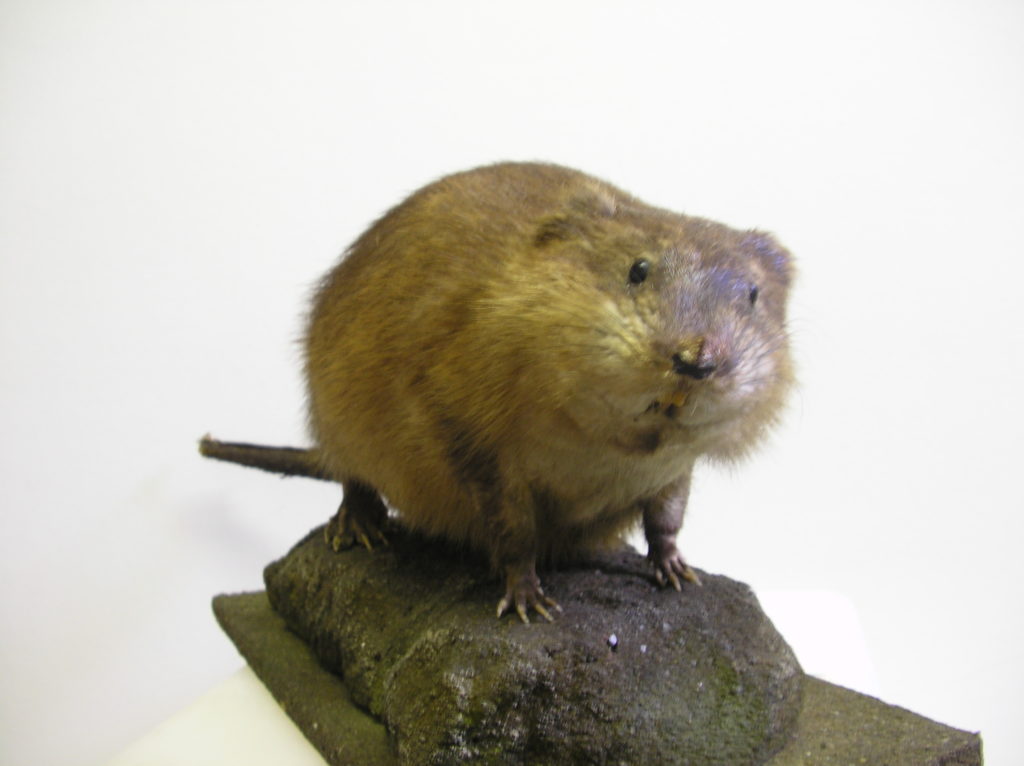
Muskrat
This smaller cousin of the beaver comes from wetlands in North America
Reference: 1999.227
Can be found: Colour and Camouflage
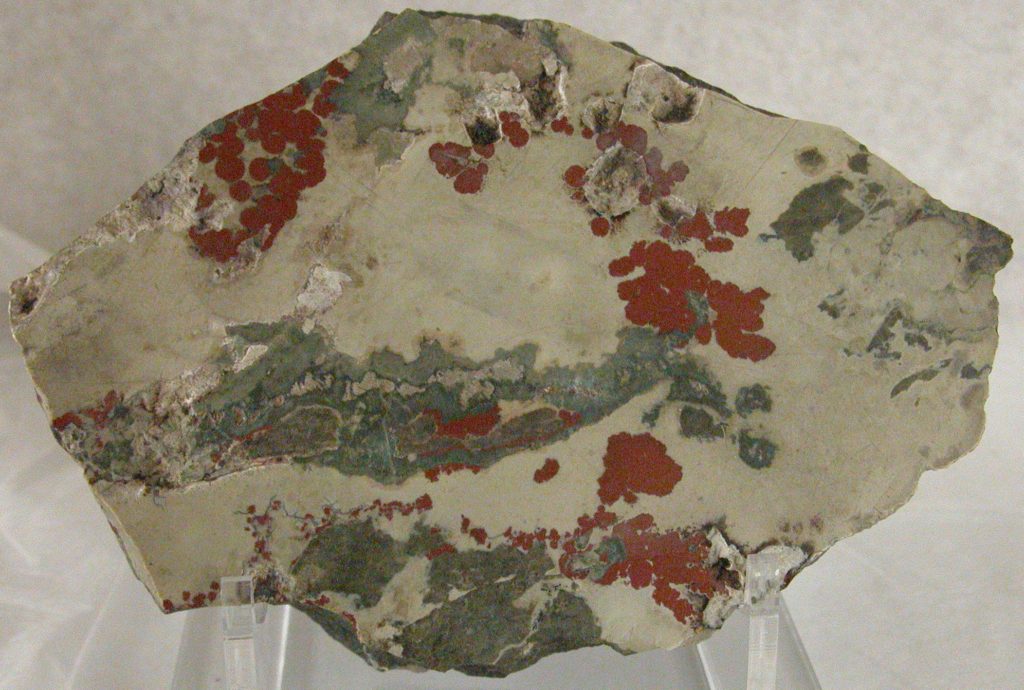
Potstone
This stone got its name because its red inclusions look like fragments of broken terracotta pots.
Reference: K347
Can be found: Colour and Camouflage
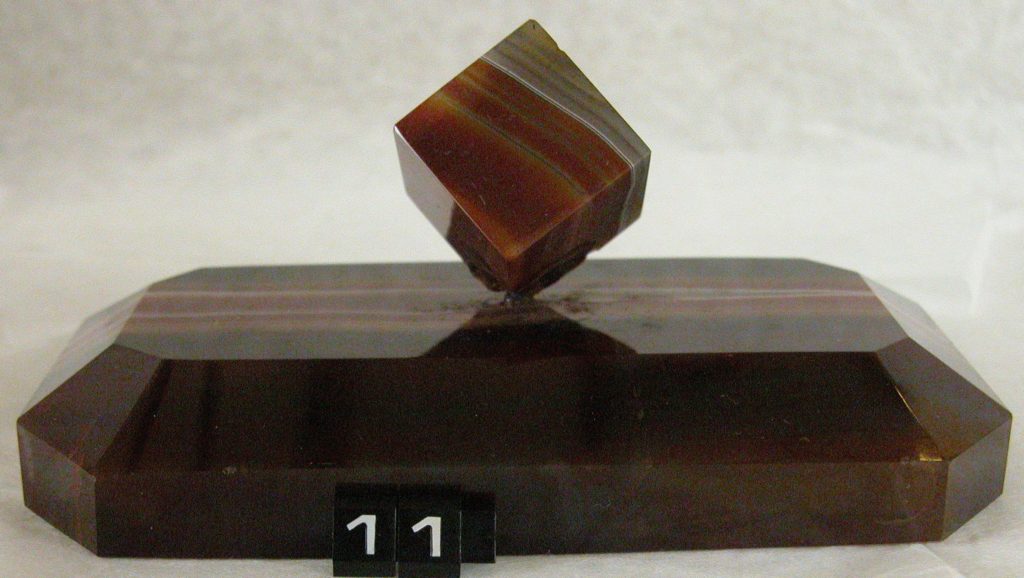
Red Agate ornament
Like the different coloured varieties of quartz, such as amethyst and citrine, agates inherit their colours from the variations in composition of trace elements in the fluids that deposited the mineral layers. They are often cut and polished for souvenirs or ornaments..
Reference: 2009.373
Can be found: Colour and Camouflage
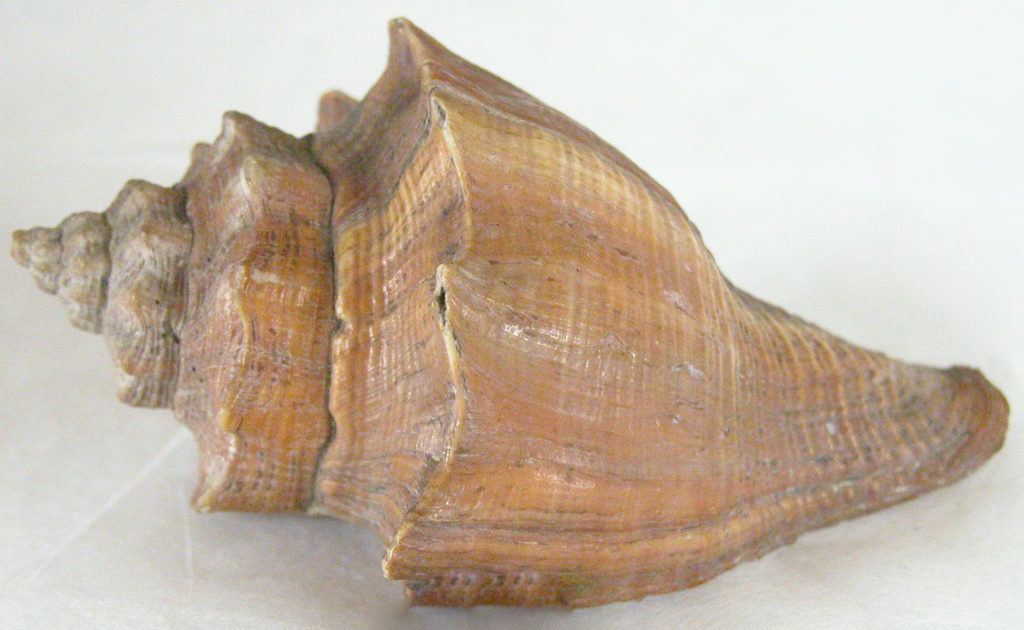
Red conch type shell
Reference: CANCM:2010.11.9
Can be found: Colour and Camouflage
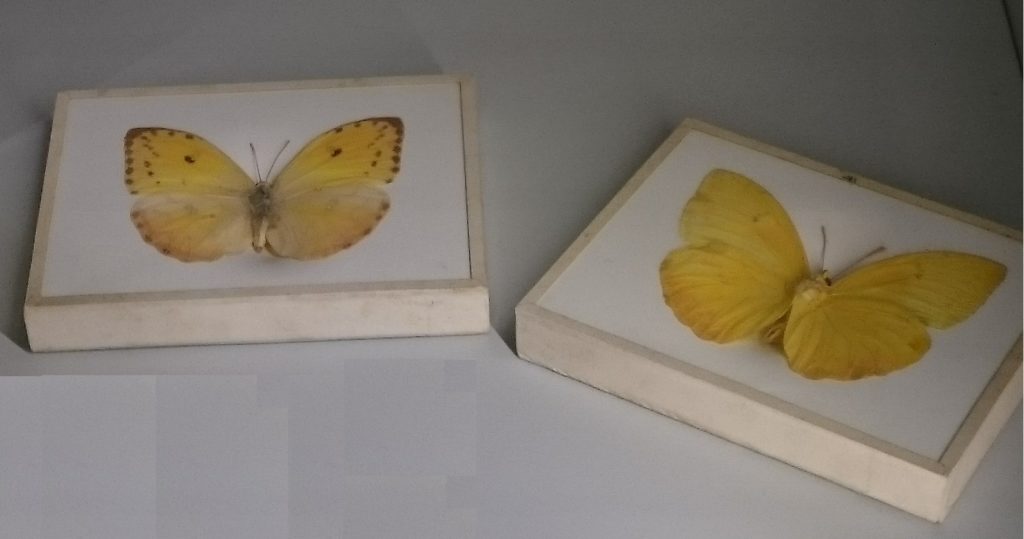
Yellow and red butterflies
Reference: CANCM:nn
Can be found: Colour and Camouflage
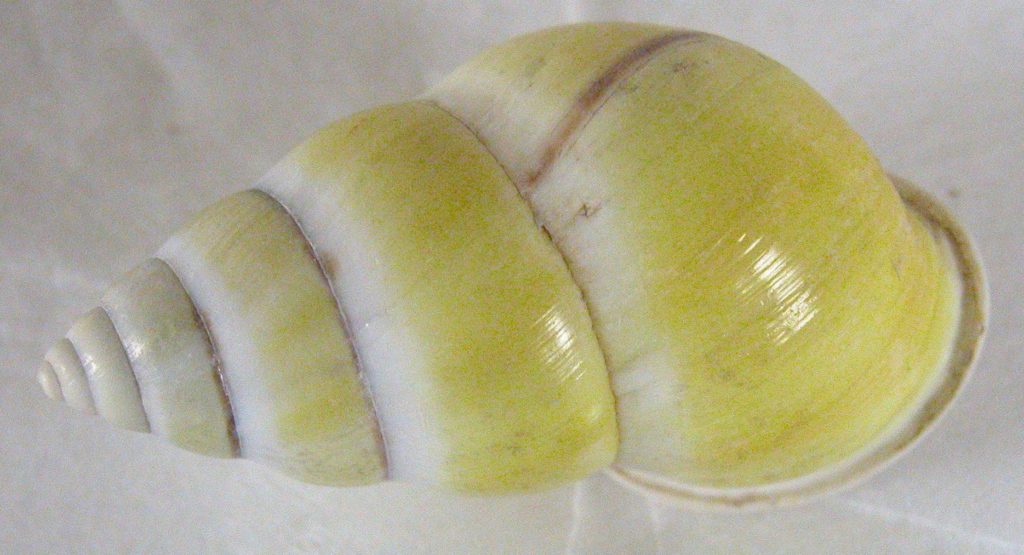
Yellow land snail
Like other molluscs, the majority of land snails are hermaphrodites, having both male and female sex organs. In many parts of the world such snails are farmed as food
Reference: CANCM:nn
Can be found: Colour and Camouflage
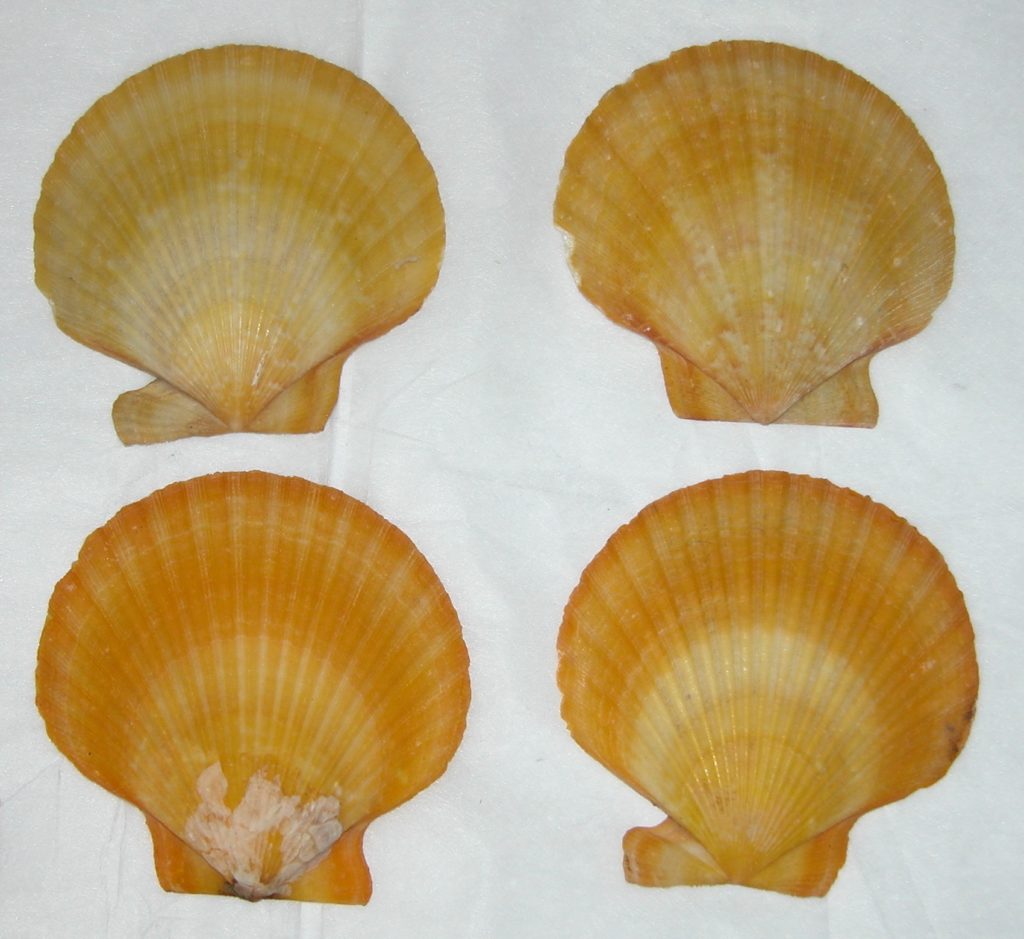
Yellow scallop shells
Reference: CANCM: 2010.48.117-118
Can be found: Colour and Camouflage

